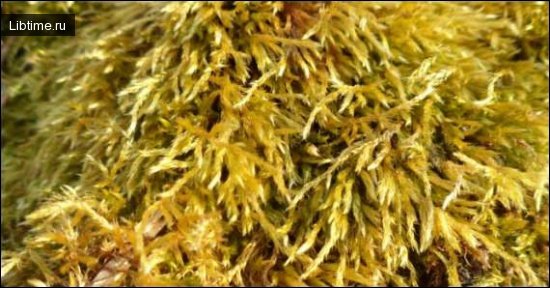Underground rivers and lakes
The underground hydrographic network, as well as on the surface of the Earth, is represented by underground rivers and lakes. Underground rivers flow along the bottom of many caves, sometimes forming peculiar valleys with terraces on their slopes.
These are usually small streams, only sometimes reaching significant size. The largest underground rivers are found in the caves of Krasnaya (Crimea), Abrskila (Caucasus) and Shemakhinskaya (Urals).
Underground rivers

Karst massifs, arid on the surface, usually at depth contain significant reserves of high quality water, which are sometimes fed by large rivers. Thus, the waterless Ai-Petri plateau is the area of feeding the largest rivers of the Crimean Peninsula - Belbek and Chernaya.
Among the underground karst rivers of the Soviet Union, the most thoroughly studied is the Krasnopeshchennaya River, flowing along the bottom of the Red Cave. In summer and winter its flow rate is 0.01 m3/sec, and in spring during snowmelt - 6 m3/sec. Many underground rivers have waterfalls, sometimes reaching a height of 3-6 meters and more.
The Achkhitizgo River flows out of the Abrskila Cave and its average flow rate is 0.25 m3/sec(2.5 times more than the Red Cave River). The chemical composition of underground rivers is predominantly calcium-hydrocarbonate and calcium-sulfate.
Underground lakes

In the early stages of cave formation, erosion, corrosion and dam flow lakes are formed. The latter are created by roof collapses, accumulation of sandy-clay sediments and calcium carbonate in some areas, forming dams.
At later stages of the cave development underground-flowing and non-flowing basin-accumulative lakes are noted.
Basin-accumulative lakes are formed due to the accumulation of infiltration water in depressions made by clay material. They are not connected with groundwater flow and with each other and can be located at different hypsometric levels.
The overwhelming number of underground lakes is small in size. Lake Bolshoye of the Kungur cave, the area of which is 1300m2, belongs to the largest. The area of Lake Anatolia in the Abkhazia Grotto of Anakopia Cave in 1961 exceeded 1000m2.
The water level in underground lakes is subject to seasonal fluctuations and is often connected with the level (especially on plains) of the nearby river. In some cases the amplitude of fluctuation reaches large values (17-35 m in Anakopi cave).
The change in lake level determines not only the size of the lake area, but also their number. Thus, in the Lake Grotto of the Kungur Ice Cave, depending on the water level, either one lake or 12 lakes are formed. The temperature of water in underground lakes is determined by the character of local climate and peculiarities of the morphological structure of the cave. In many lakes the water temperature is almost constant throughout the year: it varies only within tenths of a degree.
Underground lakes on the territory of the former Soviet Union by chemical composition of water are divided into two main groups: hydrocarbonate-calcium (with mineralization up to 550 mg/l), confined to limestone caves, and sulfate-calcium (with mineralization up to 1250 mg/l and more), developed in gypsum cavities.
A special group consists of underground mineral lakes fed by waters coming from below. Such lakes include, for example, Lake Kou in the Baharden cave (Central Asia). It is 72 m long, 30 m wide, and 12 m deep.
The water is of sulfate-sodium-chloride-calcium composition with an odor of hydrogen sulfide. The presence of hydrogen sulfide in the lake water is obviously determined by biochemical processes of sulfate reduction in anaerobic conditions under the influence of sulfate-reducing microorganisms.
Water mineralization is 2858 mg/l. The water level of the lake decreases in winter and increases in summer. However, the annual amplitude of fluctuations does not exceed 10-15 cm. The water temperature in the lake is 34° (in winter) and 37° (in summer).
There is no soil cover in the caves. Only in the entrance parts of some caves developed in limestone and dolomite, small areas of humus-carbonate soils are noted.
Underground rivers and lakes are quite interesting and beautiful. You should see this beauty at least once in your life!


